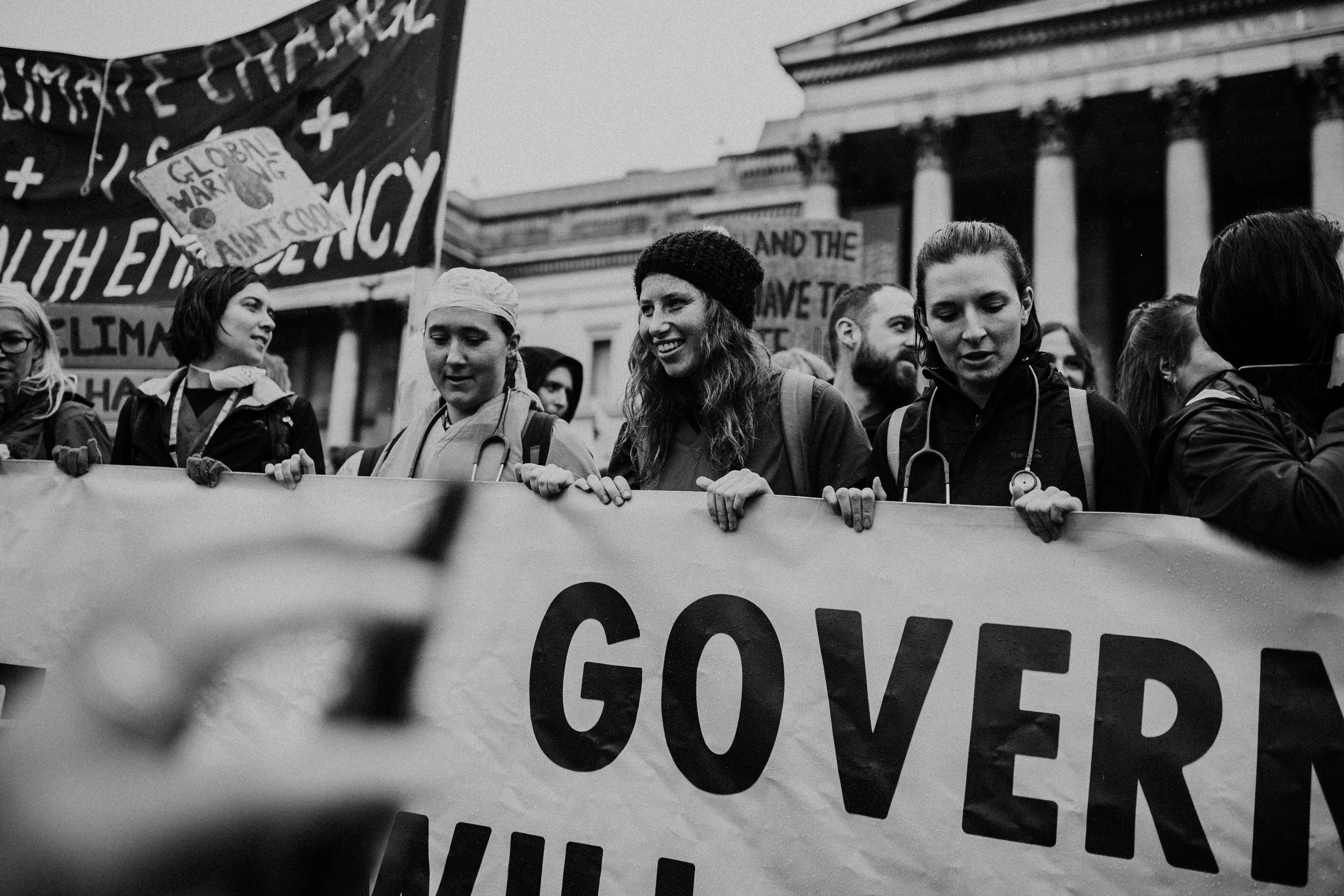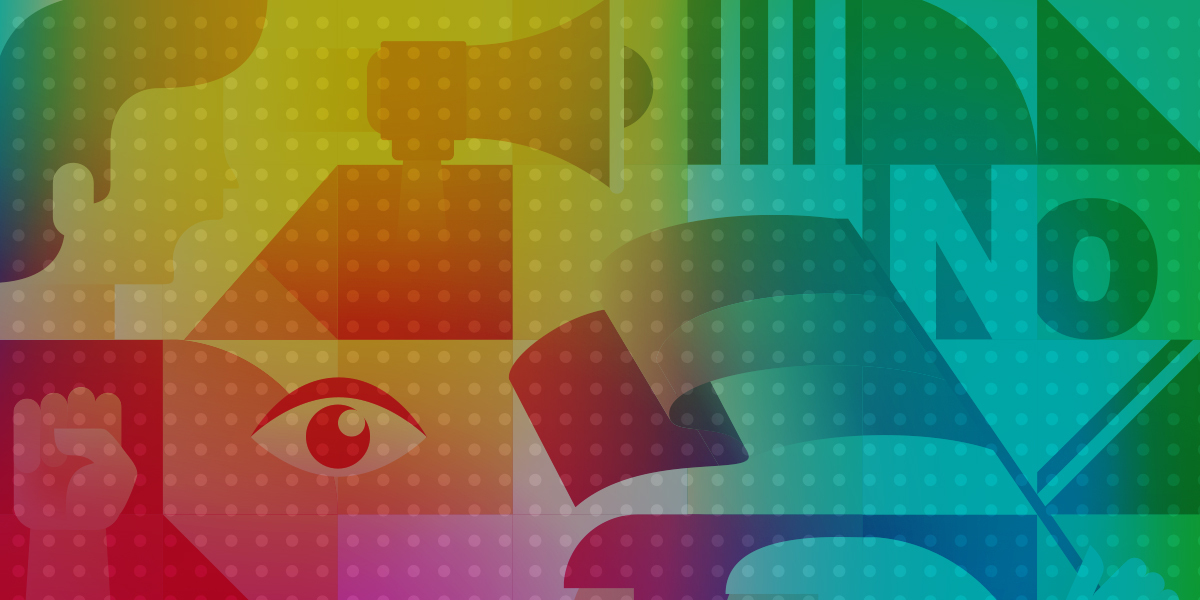
High school students, social media and the illusion of free speech
On November 20, Knight Foundation released a new report, “High School Student Views On The First Amendment: Trends in the 21st Century.” Joan Donovan shares insights below. For more insights, read this post by Knight’s Evette Alexander and this post by Dr. Emily Chamlee-Wright.
In the recent Knight Foundation report on “High School Student Views on the First Amendment,” researchers surveyed U.S. students across different demographics to gain an understanding of how they view First Amendment protections. Overall, they find that for the last 15 years, student support for First Amendment has increased; however, if you look closely within different groups, support wanes among girls and students of color. What could explain these differences?
Since the first survey in 2004, students have grappled with the role social media has come to play in their lives. Social media is roundly considered a crucial place for self-expression, and in the last 15 years, important social revolutions have taken shape through social media. But the online world has also introduced tremendous individual harms as young people struggle with racism, sexism, LGBTQ discrimination and religious intolerance.
According to a study conducted by the Data & Society Research Institute, women, LGBTQ and people of color have shouldered much of the burden of online harassment in comparison to their white male counterparts. In 2016, students also saw the rise of a national white supremacist movement, who contorted the principal values of the First Amendment to justify calling for what is effectively genocide. We don’t have the same norms for online speech as we do for offline.
While students have not been routinely surveyed on their views about extremist speech online, the preliminary findings from Wihbey and Foucault Welles are telling:
- While 46% of students think hate speech should be protected by the First Amendment, 47% of students agree at some level that social media companies “should be responsible for limiting hate speech on their platforms.”
It is not necessarily contradictory that students both support First Amendment protections for hate speech, while also calling on social media companies to use their algorithms as gatekeepers. Social media platforms provide the illusion of free speech.
While the concept of “speech” presupposes that someone is listening, posting to social media is no guarantee that anyone will see your post. That is to say, while anyone with an internet connection can use social media, algorithms largely determine who engages with particular posts. It is not the case that speech is unmitigated online, but rather speech is mediated by technological design. It is plausible that students expect social media companies to take up similar editorial roles that news organizations held in the past.
Further, the researchers find:
- 53% of students agree that “social media stifles free expression because people are afraid of being attacked or shamed by those who disagree with them.”
- 69% believe that it is “too easy for people to say things anonymously on social media.”
Future studies should ask more questions about the role anonymity plays in shaping conceptions of free speech historically. Within the U.S., anonymity is thought to insulate citizens from consequences for unpopular political speech. Online though, anonymity also provides a cover for harassment. While shaming is a normal response to disagreements during face-to-face conversation, online it is difficult to hold others accountable for derogatory behavior.
However, despite popular belief, anonymity is increasingly harder to maintain with social media companies’ data collection practices. If students are concerned with the new gatekeeping role of platform companies, they should also understand how platforms sometimes rely on First Amendment in order to avoid governing speech entirely, which leaves the responsibility on users to sort it out. And yet, these high schoolers are right to be cautious, due to the lack of norms for speech online, some individuals do go too far by attacking or dragging others when spreading harassment campaigns.
Because this is the first generation of students to grow up with widespread access to broadband internet and social media, they are confronting a whole new world of communication, where the norms of speech are in flux. None of us logically expected speech from five or 10 years ago to be available within a few clicks. As such, new conceptions of liberty and freedom must reckon with the long-tail of accountability and justice, where the things we posted in high school might come back to bite us.
Despite the First Amendment’s promise to protect speech from government interference, speech has never been free of social consequences. Many restrictions on speech come from the contexts that govern our behavior at a given time. For example, in a classroom, we are expected to remain quiet and observing; to speak when asked for a reply; and to raise a hand to signal a question.
Social media is a new context for many young people, and the rules of behavior there have yet to be fully established. Because of the First Amendment, it may not be the government’s place to set those rules, but it’s in society’s interest to have them.
Dr. Joan Donovan is the Director of the Technology and Social Change Research Project at Harvard Kennedy School’s Shorenstein Center for Media, Politics and Public Policy
-
Information and Society / Report
-
Journalism / Article
-
Journalism / Article
-
Photo (top) by freestocks.org on Unsplash.
Recent Content
-
Journalismarticle ·
-
Journalismarticle ·
-
Journalismarticle ·






